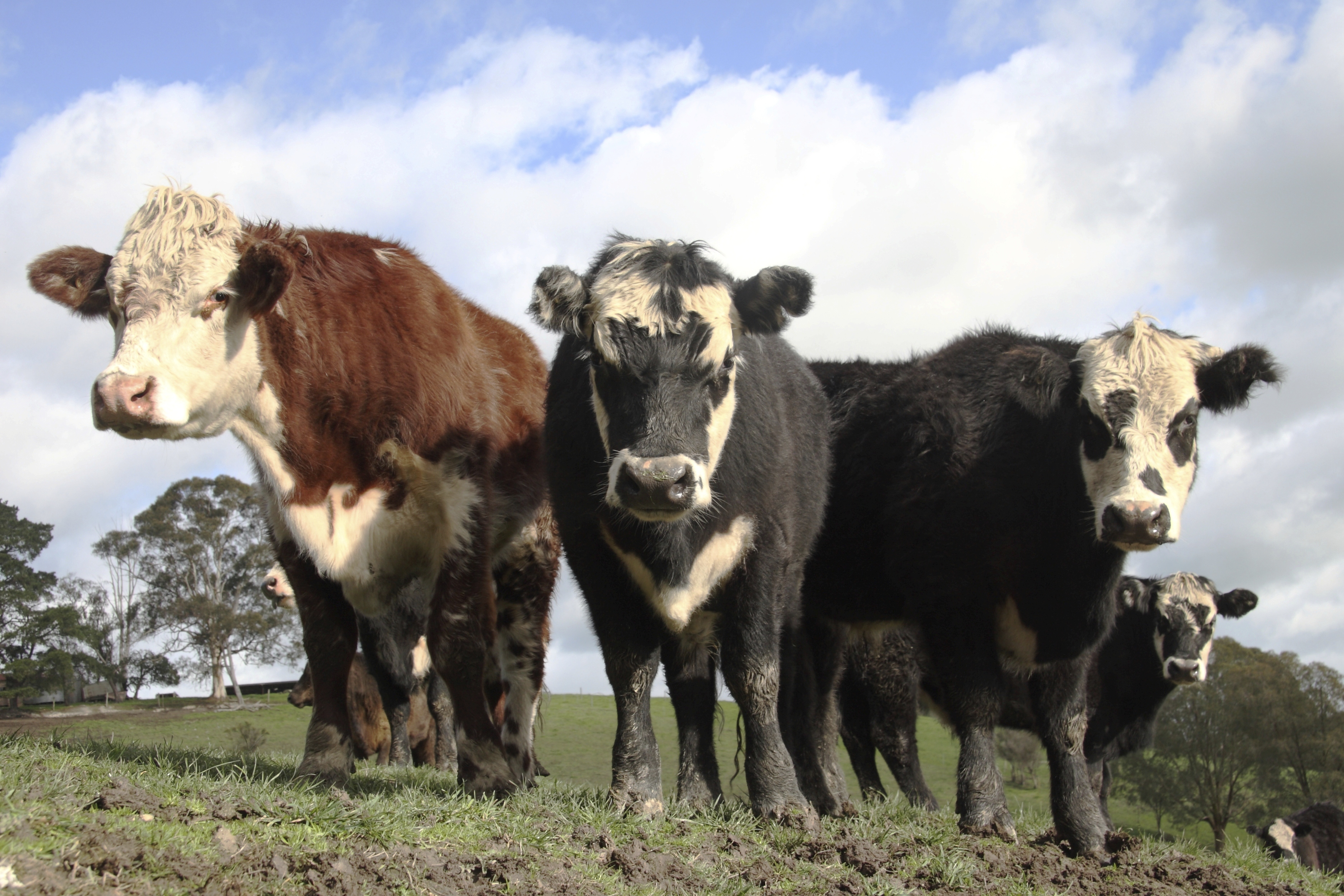Master the Art of Food Preparation With Grass Fed Meat
In the world of cooking proficiency, mastering the art of food preparation with grass-fed meat holds a prestigious position. The distinct top quality of grass-fed meat uses a myriad of advantages that not just elevate the taste of dishes yet also add to a much healthier way of life. From the tender appearance to the robust flavor account, grass-fed meat presents a canvas for culinary imagination. As we explore the nuances of this premium meat alternative, uncovering the ideal food preparation methods, flavor pairings, and storage space techniques, a globe of gastronomic possibilities unfolds. Whether you are an aspiring home or an experienced cook chef, delving into the world of grass-fed meat assures a trip filled with delightful experiences and cooking discoveries.
Benefits of Grass-Fed Meat

When choosing grass-fed meat, customers can take advantage of its greater degrees of omega-3 fatty acids and antioxidants compared to traditionally increased meat. Constance Cattle. Omega-3 fats are essential nutrients that sustain brain health, decrease swelling, and promote heart health and wellness. Grass-fed meat is known to have up to 5 times more omega-3 fats than grain-fed meat, making it a healthier choice for those wanting to boost their intake of these useful fats
Along with omega-3 fatty acids, grass-fed meat is additionally richer in anti-oxidants such as vitamins E and C, as well as beta-carotene. Anti-oxidants play a vital function in safeguarding cells from damage caused by totally free radicals, which can add to various persistent illness and accelerate aging. By deciding for grass-fed meat, consumers can not only take pleasure in a more nutrient-dense and delicious healthy protein resource but likewise support their total health and health.
Incorporating grass-fed meat into your diet plan can be a simple yet efficient method to enhance your nutritional consumption and profit of omega-3 fatty acids and antioxidants that are naturally bountiful in this type of meat.
Ideal Food Preparation Methods
Utilizing ideal food preparation approaches is vital to maintain the nutrient account and boost the flavor of grass-fed meat. When cooking grass-fed meat, it is essential to keep in mind that it is leaner than conventionally raised meat, making it a lot more vulnerable to drying out if overcooked. To make certain a juicy and tasty outcome, take into consideration cooking grass-fed meat at a little lower temperatures than you would with grain-fed meat.
Barbecuing is a prominent technique for food preparation grass-fed meat as it allows excess fat to leak away, avoiding flare-ups that can create charring. When barbecuing grass-fed meat, use medium warmth and maintain a close eye on it to protect against overcooking. Another excellent food preparation technique for grass-fed meat is pan-searing. This approach helps secure in the juices and produce a scrumptious crust on the meat.
Slow-moving cooking methods such as braising or cooking are also outstanding alternatives for harder cuts of grass-fed meat, as they help break down the muscular tissue fibers and soften the meat. Whichever cooking approach you pick, keep in mind to allow grass-fed meat rest after preparing to allow the juices to rearrange, ensuring a moist and tender last dish.
Taste Pairings and Seasonings
To boost the natural flavors of grass-fed meat, strategic taste pairings and spices play an important duty in boosting the overall dining experience. Grass-fed meat has an abundant, unique taste that can be matched and boosted by carefully selected active ingredients. When it pertains to taste pairings, herbs like rosemary, thyme, and oregano job remarkably well with grass-fed beef, lamb, or bison. These natural herbs include deepness and earthiness to the meat, boosting its all-natural flavors without subduing them.
In enhancement to natural herbs, flavors such as black pepper, garlic, and smoked paprika can even more raise the preference profile of grass-fed meat dishes. These seasonings provide an equilibrium of heat, sweet taste, and smokiness that can boost the general dining my site experience. When seasoning grass-fed meat, it is necessary to utilize top quality salt, like sea salt or Himalayan salt, to bring out the meat's tastes without adding unnecessary chemicals or additives.
Storage Space and Handling Tips
Appropriate storage space and taking care of methods are important for preserving the quality and freshness of grass-fed meat. When storing grass-fed meat, it is crucial to maintain sites it refrigerated at temperatures below 40 ° F(4 ° C) to avoid microbial growth and wasting. To extend the meat's life span, think about covering it snugly in parchment paper or butcher paper before placing it in a closed container or secured plastic bag - Constance Cattle. Stay clear of keeping grass-fed meat near strong-smelling foods as it can soak up odors conveniently.
When handling grass-fed meat, it is very important to practice great health to avoid cross-contamination. Wash your hands extensively before and after taking care of the meat, and make sure that all utensils and surface areas that enter contact with the meat are cleaned and sanitized appropriately. Furthermore, utilize separate cutting boards for meat and vegetables to avoid microbial transfer.

Leading Grass-Fed Meat Recipes
When taking into consideration the ideal means to appreciate the top quality and freshness of grass-fed meat, checking out excellent dishes can boost your culinary experience. Grass-fed meat's rich flavor website here and leaner account lend themselves well to a selection of dishes that highlight the all-natural benefits of the meat.
If you're in the mood for something lighter, a Grilled Grass-Fed Hamburger offered with fresh toppings and a side of sweet potato fries is a tasty option. Furthermore, a Herb-Crusted Grass-Fed Lamb ribs roasted to excellence with a collection of breadcrumbs and natural herbs is a show-stopping recipe for unique occasions. These top grass-fed meat dishes showcase the convenience and premium top quality of grass-fed meat, allowing you to enjoy its remarkable preference in numerous cooking productions.

Final Thought
To conclude, grasping the art of food preparation with grass-fed meat offers various advantages, consisting of improved nutritional worth and superior flavor. By utilizing the most effective cooking techniques, explore taste pairings and flavorings, and following appropriate storage and taking care of tips, you can create tasty and healthy meals. Attempt out some leading grass-fed meat dishes to boost your cooking abilities and enjoy the full potential of this premium component.
When cooking grass-fed meat, it is crucial to bear in mind that it is leaner than traditionally elevated meat, making it extra vulnerable to drying out if overcooked. To ensure a juicy and tasty result, think about cooking grass-fed meat at somewhat lower temperatures than you would with grain-fed meat.
When seasoning grass-fed meat, it is essential to use high-quality salt, like sea salt or Himalayan salt, to bring out the meat's flavors without including unneeded chemicals or ingredients.
Grass-fed meat's rich flavor and leaner account offer themselves well to a selection of recipes that highlight the all-natural goodness of the meat. These top grass-fed meat dishes display the convenience and exceptional high quality of grass-fed meat, enabling you to enjoy its superior preference in different culinary creations.